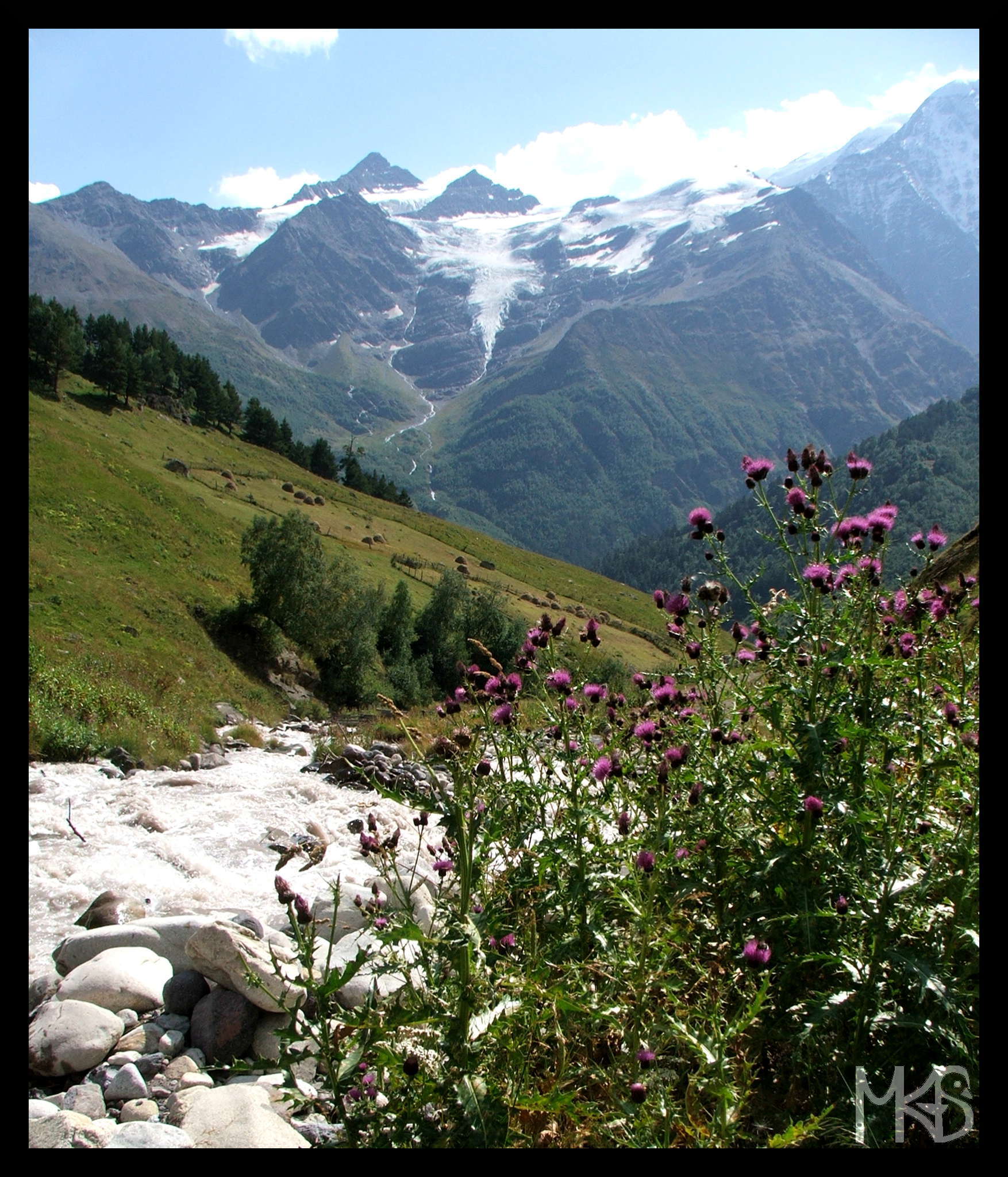
When I travel somewhere, I’m always happy if I don’t’ have to deal with the bureaucracy to organize a visa. Well, sometimes it’s very easy to get a visa, but for other countries it may be very problematic.
To enter the Philippines, many nationalities don’t need a visa; and can stay there up to 30 days. That’s very convenient. 🙂


















